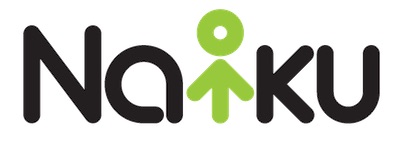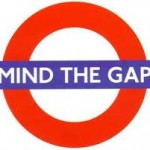This is a guest blog from Takeshi Terada. Takeshi’s interests are in educational policy and assessment. He is particularly interested in data-driven educational evaluation, policy-making & analysis, and decision-making systems in K-12 education that apply both qualitative and quantitative research methodologies, mostly using assessment test scores. Takeshi is a graduate of the University of Minnesota and can be reached at tera0026@umn.edu.
Key Challenge in K-12 Education
The achievement gap remains one of the key challenges in U.S. education. Ever since the passage of No Child Left Behind (NCLB) Act, most news articles on education point out the achievement gap. Closing the achievement gap has been one of the important efforts of educational reform (Dahlin & Cronin, 2010). Under NCLB, states are required to measure the differences in proficiency rates among different student subgroups. This has been the key challenge facing states (NGA Center for Best Practices, [NGA], n.d.).
With such a big focus on the achievement gap, it is important for us to understand what it is and how it is measured.
What is the Achievement Gap?
“The achievement gap was a term coined to describe disparities in academic performance between groups of students” (Dahlin & Cronin, 2010). Specifically, it is a difference in scores between two groups of students if the difference is statistically significant and larger than the margin of error (National Center for Education Statistics [NCES], 2009).
Most often, the achievement gap refers to “the disparities between white students and their African American or Hispanic peers, or between students from middle/high income families and students from families with low income” (Dahlin & Cronin, 2010). If any group of students persistently fails to meet the academic performance targets, school districts need to provide school choice and supplemental services. So schools face high pressure to close their achievement gaps (NGA, n.d.).
Proficiency Trap?
Before further examining the achievement gap, we need to be careful about one important pitfall: indications of achievement gap. The achievement gap, as it is usually reported, is NOT the difference in achievement test scores between two groups of students. Rather, it is the difference between the percentages of students that are proficient in each subgroup (Education Week, June 26, 2008). As Dahlin & Cronin (2010) points out, defining the achievement gap in terms of proficiency rates may obscure many of the inequalities within schools. For a full explication and example of this, please see the assessment report from the City of New York in 2008.
In the report, the achievement gap between white and black students was calculated as the difference in the proficiency rates (i.e. how many students was proficient at each subject), the difference was 30 percentages point in 2007 for 7th grade in math (73 % for the white and 43 % for the black), but went down to 25 point in 2008 (83% for the white and 58 % for the black). However, if the achievement gap was recalculated using the average test scores, the score gap was 28 points in 2007 and 30 points in 2008. So, the gap between the white and black students increased when measured in test scores. However, when measured in terms of proficiency rates, the gap appeared to be closing. Dahlin & Cronin (2010) referred to this phenomenon as the “Proficiency Trap.”
If measured in proficiency rates, even if all schools succeed in closing the achievement gap, the “real” gap (i.e. gap in test scores between groups of students) are most likely to remain because closing the achievement gap simply means that more students are moving towards proficiency, not that the gap in academic performances between two groups of students is decreasing (Dahlin & Cronin, 2010). Therefore, the achievement gap may be a misrepresentation of the true difference in the academic performance between two groups of students.
For teachers in the classroom, working hard every day to implement good formative assessment practice, what do you care about? Are you working to close the gap in the proficiency rates between your students (i.e., the proficiency trap)? Or are you working to close the gap in test scores between your students? Or are you simply just trying to raise the academic achievement of each and every student?
References
The City of New York (2008, June 23). Mayor Bloomberg and Chancellor Klein announce across-the-board gains by elementary and middle school students on state math and reading exams. Retrieved May 11, 2011, from http://bit.ly/kIwPzc.
Dahlin, M. & Cronin, J. (2010) Achievement Gaps and the Proficiency Trap. Northwest Evaluation Association. Retrieved May 4, 2011, from http://bit.ly/m8JMp6.
Education Week (2008, June 26). When Measuring Achievement Gaps, Beware the Proficiency Trap. Retrieved May 4, 2011, from http://bit.ly/kX2n92.
National Center for Education Statistics (2009, July 04). Understanding Gap. Retrieved May 3, 2011, from http://1.usa.gov/iR4f7o.
NGA Center for Best Practices (n.d.). Closing the achievement gap. Retrieved May 4, 2011, from http://bit.ly/iq3ah2.


